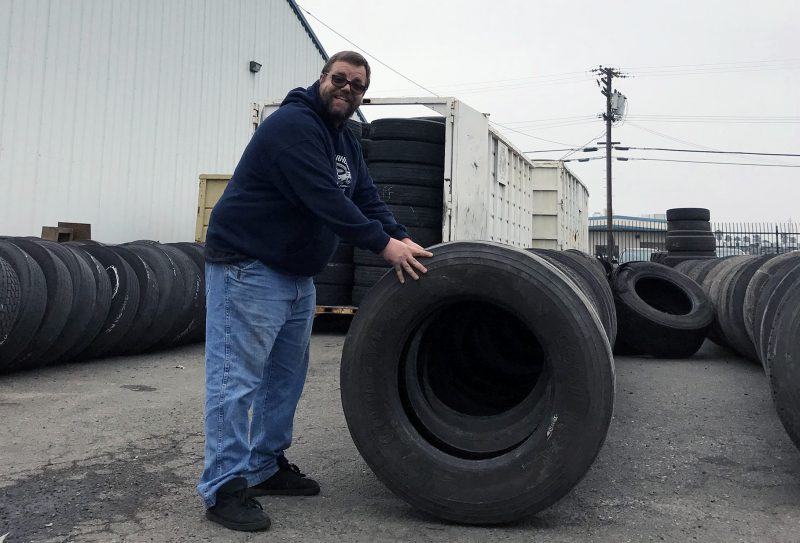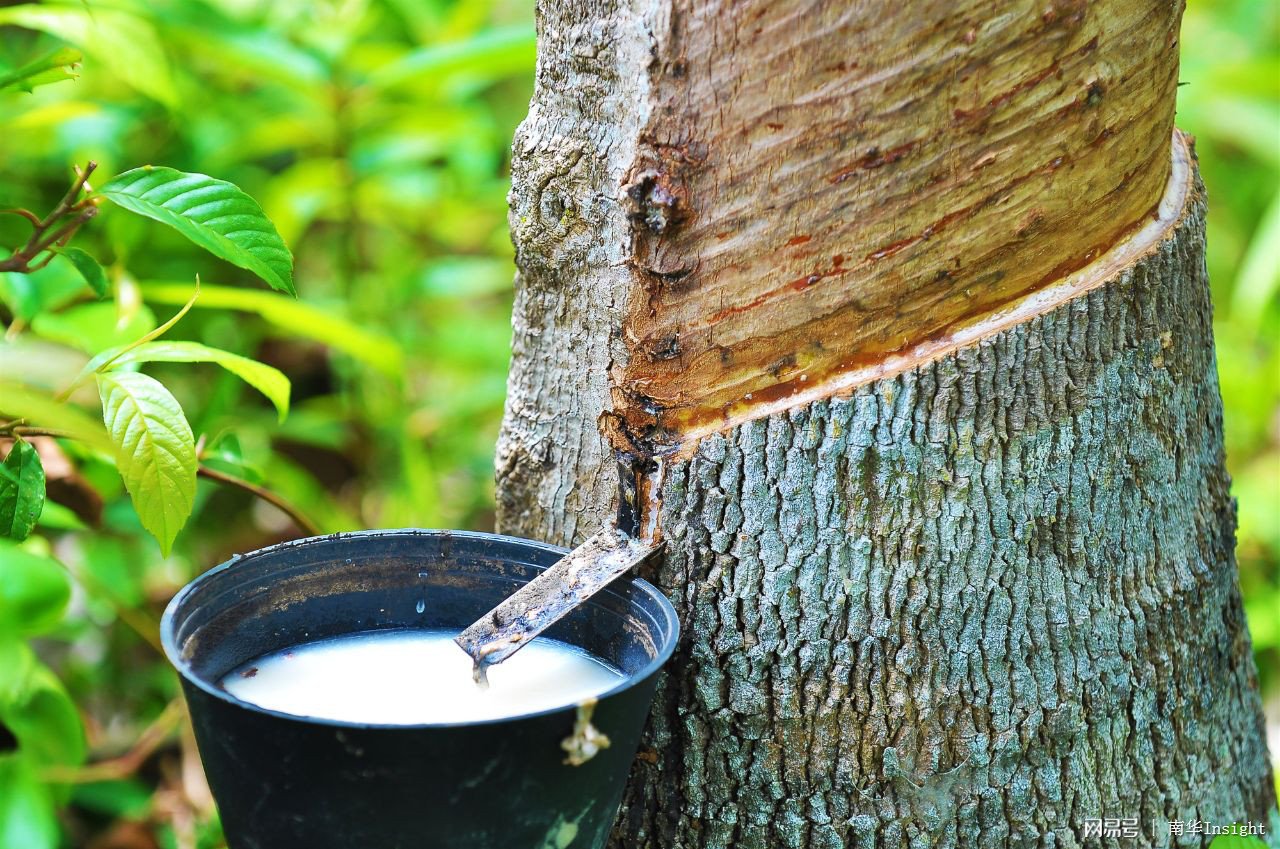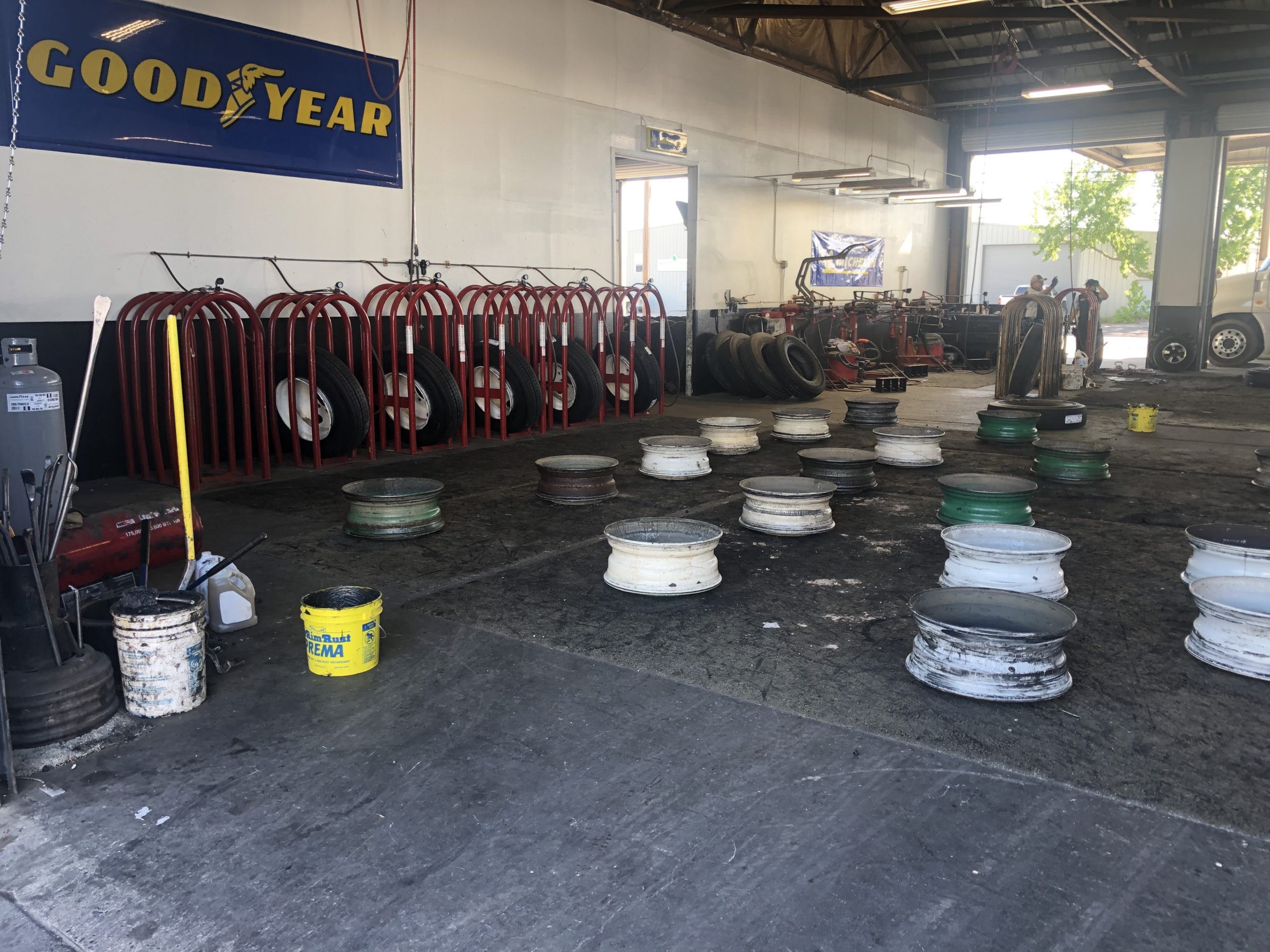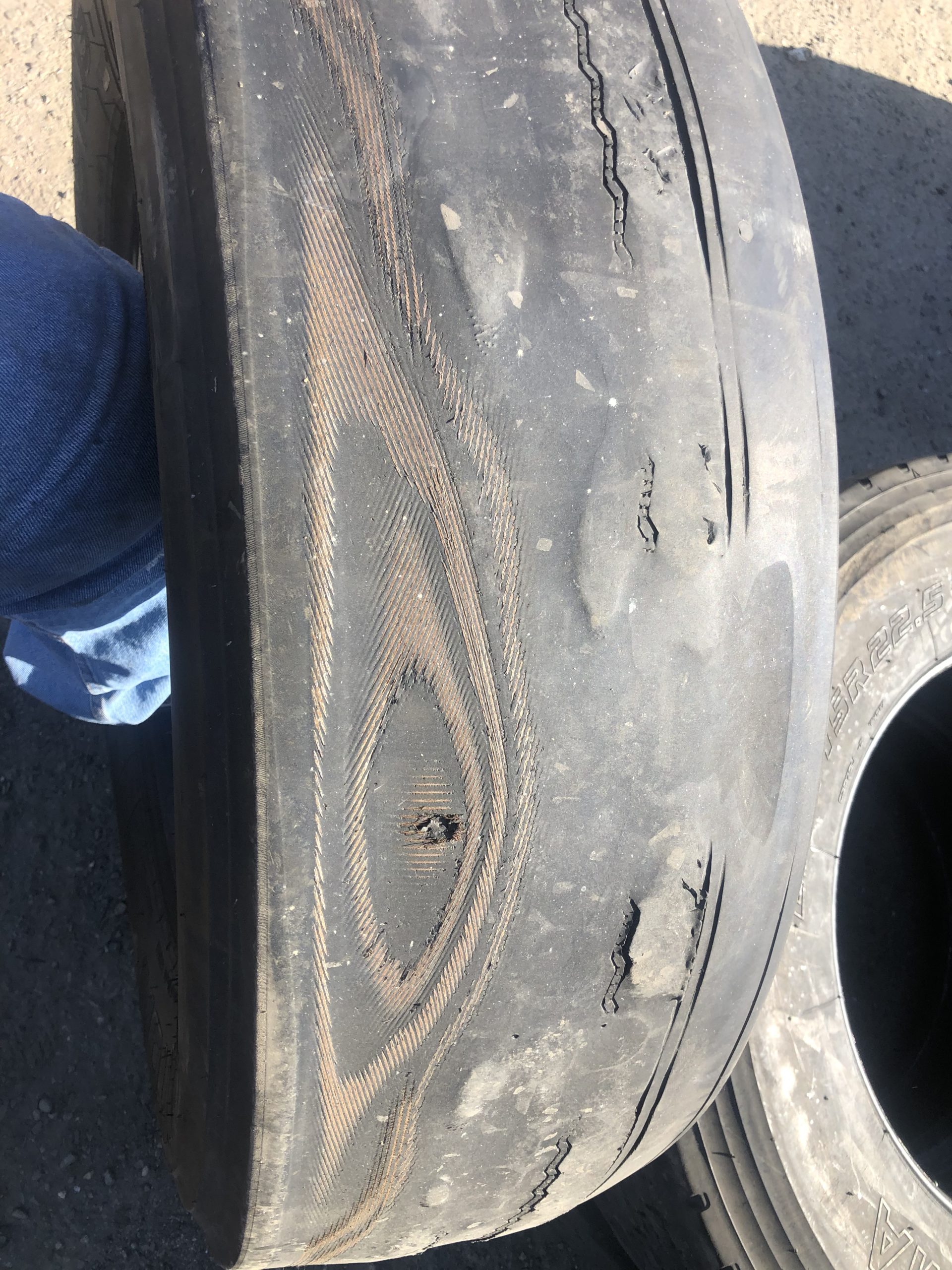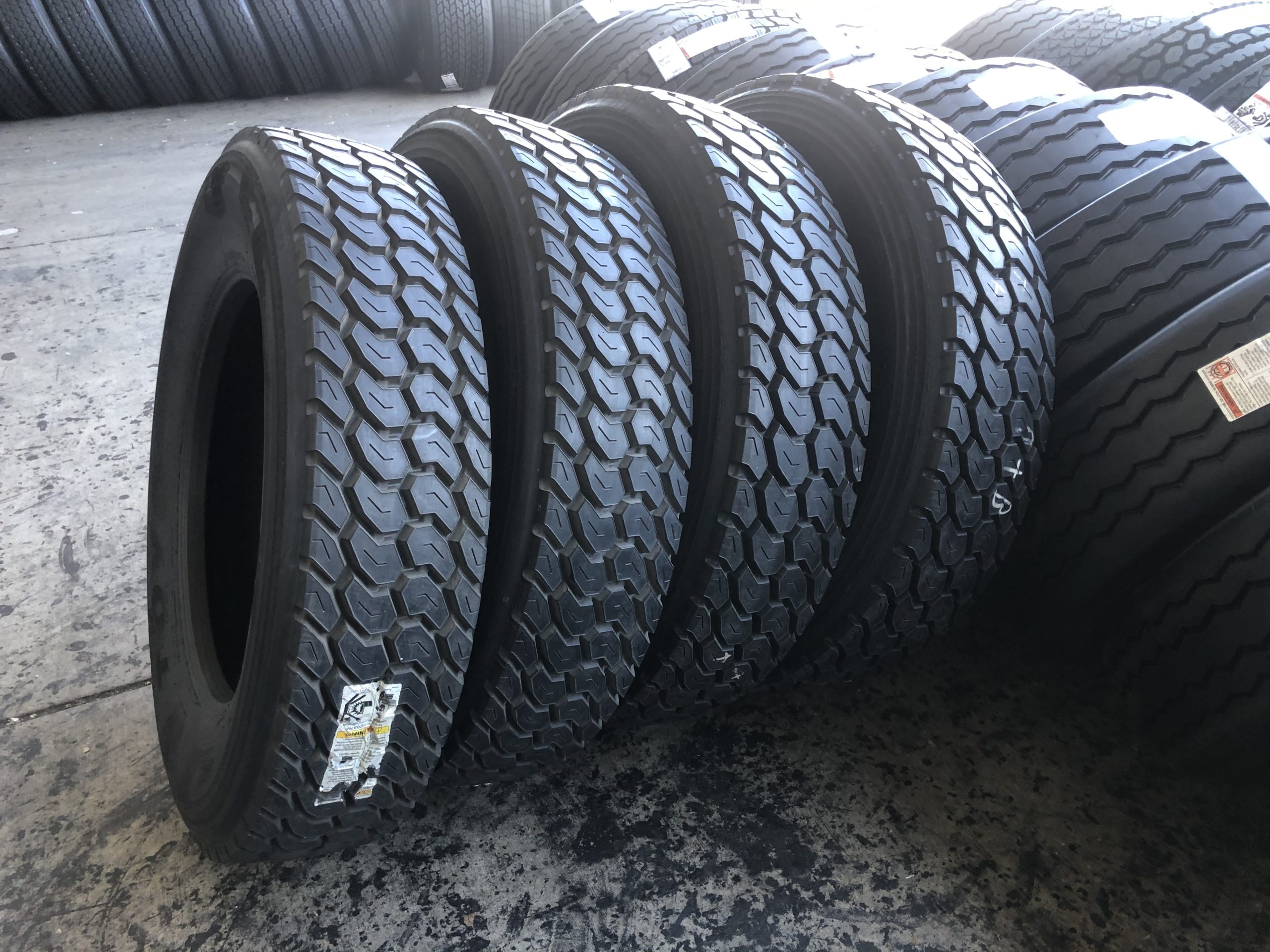“Tire Business” reported a recent ruling by the International Trade Commission (ITC) where they reversed their OK on Chinese imported tires. The Tire Business article can be reviewed at the following link: “https://www.moderntiredealer.com/news/732857/itc-reverses-course-and-says-chinese-truck-tires-hurt-u-s-industry”
The ITC made their ruling based on the “aftermarket segment”. Crazy looking play 4*4’s, lowriders with 25” wheels, and pretty paint jobs come to mind. Growth in the segment is up and it’s the Chinese that are getting the wheel positions and not “Domestic Brands”. By the way, what makes a brand “Domestic”? I can think of only one 1st tier manufacturer that is an American corporation (Goodyear). Giti is a Chinese company that recently opened a tire factory in North America. Michelin is a French company and Bridgestone is Japanese but Bridgestone and Michelin have factories in Tennessee and South Carolina, respectively. A domestic brand is a brand that manufactures in the USA. Now some companies, like Bridgestone and Goodyear and Giti, are domestic manufacturers that have factories both in the United States and in other countries. If a company makes tires in the United States, they can be in the Rubber Manufacturer’s Association (RMA).
Companies like Bridgestone, Goodyear, and Giti, that have a global (Bridgestone and Goodyear) or International (Giti) footprint, make tires in other countries and then sell them in the USA. For example, certain kinds of Bridgestone tires are manufactured in Japan. Some kinds of Goodyear tires are manufactured in Columbia. It is illegal to use tires on public roads in the United States that do not have a “DOT brand”. The new tire DOT brand is a 10-digit code that shows where (to the factory) and when (to the week of the year) a tire was manufactured. If you want to give your sales rep. a headache, ask him to decode the first 6 digits of a new tire’s DOT. After some research, he should eventually be able to tell you, “this tire was made in Greenville”, or “this tire was made in Nagasaki”. For perspective, understand that many Chinese truck tires, when they first started hitting American retread shops, did not have a legal, recognizable, 10-digit DOT.
DOT’s are important in America and in Europe. American factories use some chemicals that cause Europeans to bar import of the American-manufactured products on account of public safety. In both Europe and USA, there are regulations enforced on the manufacture of tires that protect the health of the consuming public. Polychlorobiphenyls (PCB’s) are non-aromatic oils that European and Domestic manufacturers are prohibited from using in the tire manufacture process.
Tire recycling businesses that put ground-up tires in soccer fields anxiously await endorsements by the EPA verifying the safety of ground tires for soccer field under-lay. The safety of ground tires came into question when soccer players in the Pacific Northwest developed cancer in their knees and ankles after the fields they regularly play on were resurfaced with ground up tires. The relation to the tires and the cancer could be superstitious, but the EPA has spent approximately $6 million to verify the safety of the material to date. Crumb rubber demand has fallen by 30% each year in the two years since as well. Is it a coincidence that the tire dealer that sells the most tires (by far) in that region also buys more off-brand Chinese tires than anybody else in the USA?
PCB’s haven’t always been against the law in the west. Scientists and governments in the west had to discover they were an issue and then bar away their use by legislation. If the Chinese were prohibited from making tires with these chemicals in them, they would face two kinds of enforcement hurdles. In the Chinese culture, Guanxi, or Red Envelopes full of money, are a normal part of birthdays, weddings, and business meetings. In western culture buying favoritism is known as bribery, a form of corruption. In the West, government officials employed to protect public health and safety would shun either taking such gifts or being seen taking such gifts. In the Chinese culture, Guanxi is a cultural norm and expected. Granted, no one sets out to make dangerous products, but if there are cost advantages to unsafe processes it’s conceivable that Guanxi could “weigh in” on the side of denial or minimization of potential harm. Another hurdle to regulating the safety of Chinese tires is the disconnect in accountability. Searching Alibaba.com in 2006 for “new truck tire manufacturers” returned over 2000 different brands headquartered in mainland China. Having that many different producers makes regulating the production process more challenging than for example a Western EPA inspector, that can in one visit to a tire company headquarters have a list of two or three manufacturing facilities, and then go visit those.
A process that western environmentalists point out makes a lot of pollution and a necessary precursor for tire manufacture is the manufacture of Carbon Black. As the Chinese exporters in the ITC article explained, raw materials prices are low, and this is why [their] prices are low. As Miles Moore of Tire Business has reported within the last 14 months, indeed rubber is priced low, so low that family farms in Thailand are cutting down trees to create scarcity and raise prices. An even more scarce ingredient for tire manufacturers is Carbon Black. Chinese manufacturers likely do have an advantage when it comes to accessing Carbon Black, because it’s doubtful that the environmental consequences of their production processes are regulated as effectively as in Western factories.
In addition to Carbon Black, producing tires requires steel. In fact, the ITC article mentions that it was the USW that had filed the complaint. It’s interesting that the steelworker’s union filed the complaint. In China, the steel company is the steelworker’s union is the People’s Republic of China. Steel in China is government owned and government operated. Western tire companies must pay market value for steel whereas in China steel production is heavily subsidized by the government.
Members of Western tire-maker unions (the USW) are also likely to be much higher paid than Chinese factory workers, that are typically from the rural areas and some of the poorest people in China, so again, the Chinese business man can leverage a cost advantage against the Domestic manufacturer.
So, it’s easily conceivable that there is some truth in the Chinese business man’s defense that they are taking advantage of lower costs, but the Chinese business man is also dumping to a certain degree as well. In his book, “The Goal”, Goldratt relays his discovery that he could sell his widgets in foreign markets at a fraction of the price he sold them locally, and yet improve the profitability of his operation. Goldratt divided the fixed costs among the local customers, and the foreign markets were optimizing the variable costs. Once he had his fixed cost covered, by the local customers at a higher price, he re-priced to a small amount over variable cost and dumped his products in the foreign markets. They call it “dumping” because it messes up the pricing in the foreign market. The foreigner must sell below “cost” to maintain his market share and becomes out of business.
Around 2007 I went to the local hardware store because the shop needed an extension cord. I was astounded. I could buy the extension cord that had the “made in the USA” tag on it and pay about 1$/foot. Alternatively, there were “made in China” extension cords that were 12$ for 50 feet. About three years later I was again in need of a new extension cord, only this time, there was no “Made in the USA” option, and all the extension cords were about a 1$/foot. Predatory pricing is defined as selling below cost to displace competition. It’s against the law, but it seems, in my view, to be a not very well enforced law, however the ITC reversing is a step in the right direction.
About 14 months ago, while Obama-era tariffs on Chinese tires were expired, the Department of Commerce came into the trade publications such as Tire Business for having approved new “tough Trump tariffs”. At the time those articles hit the presses however, the Obama-era tariffs had expired, and the tax rate importers had to pay on imported tires was 0%. The highly talked about tariffs were expected to be in a range of 9 to 10%. The Obama-era tariffs that had expired were 22%. At that time, the Chinese had a 49% tariff on “used” (or scrap) tires if an American wanted to export the end-of-life tires back to China. Currently China is not taking any kind of refuse from American ports, tires or otherwise.
Unlike Mexico, China won’t take our junk, however they are sending material to the states by the boat-load, and American consumers and businesses are eating it up. And why is this a problem? In the trade publications over the past year the RMA made headlines for having cleared some ground, literally. 99% of scrap tire stockpiles in the USA had been “removed”. What did they do with them? The short version is this: about ½ of each scrap tire is burned, and the other half is put in a stockpile in either Mexico or (used to be) China, to be burned later, and a tiny sliver is used for feedstock substitute (be it aggregate, concrete, or rubber product). Western government organizations collect millions in fees and spend thousands to incentivize entrepreneurial efforts to develop ways to recycle or cross-cycle the scrap tire material. North American governments like the State of California also put strictly enforced ceilings on processes that generate air pollution, such as burning tires or trash does. In fact, although control technology can reduce the release of toxic by-products from tire burning, still there is a legal limit to tires that can be burned in the State of California because of the amount of CO2 that burning creates. CO2 production is universally understood among scientists as bad for the whole planet. A consortium of tire and retread related businesses recently commissioned a study by academics that detailed the effect of Chinese truck tires on North America. Essentially, Chinese tires unnecessarily make trash and CO2 because they’re less durable than the truck tires that retreaders have been retreading for decades. The academic report is available here; https://www.bandag.com/content/dam/bcs-sites/bandag/images/research-center/new-retread-report/Retread-Tires-In-US-Canada-Report-Web-07-11-2018.pdf?utm_source=newsletter&utm_medium=email&utm_content=Click%C2%A0here&utm_campaign=Weekly%20Digest%3A%20April%2020%2C%202018
The ITC’s reverse of their previous decision is a small step in the right direction. To protect the health and safety of human beings and the planet, there is great deal more steps to make. Good environmental practices are good ethics practices and good ethics makes for good business, and the good life.
Thank you for reading!


